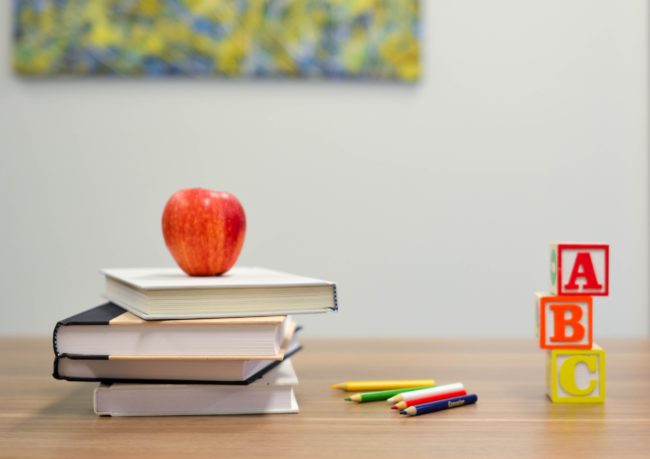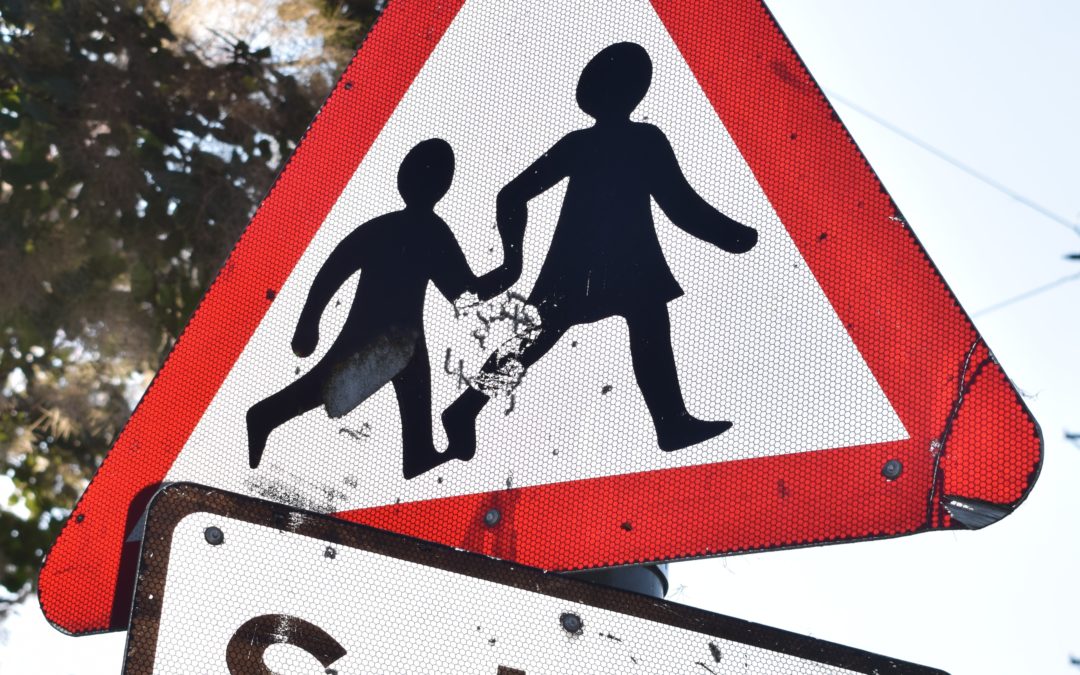
If your child turns 4 years old between 1 September and 31 August they will most likely start school in September this year. You will need to choose and have applied for your chosen school(s) by January- so now is the time to be visiting local primaries and deciding.
Choosing the right school for your little one can feel like a daunting task. Here’s what you need to consider and look at while weighing up your options, and what to look for during your visit.
The feel of the school
While visiting potential schools make sure you try and get a feel of the atmosphere. Does it feel like a friendly, caring environment? Are the staff kind and welcoming? Also, see if the children seem well-behaved and polite.
Facilities and space
Check out how much space there is for the children on the playground, and if there is a school field. Are the classrooms nice, and are the walls covered in good quality school work?
The school run
When you’re doing the same trip, day in, day out, twice a day, you need to be sure the commute to school won’t be hell on earth. Is it possible to walk? If not, might the traffic be bad?
Academic standards
Check out the Ofsted reports for the school, but also find out if the children make good progress and are supported by the school if they struggle.
A varied curriculum
Outside of the general curriculum, what else does the school offer? For example, some schools offer a wide variety of musical instrument lessons, or involve the children in a number of different sports. You can also find out if they teach drama and the arts.
After school clubs
Clubs offer children the chance to try out various sports, interests and activities. Some schools have more on offer than others. You may find that one school provides more traditional sporting clubs such as rugby or football, while others may be more varied in their approach, and offer more informal clubs such as gardening, Lego or chess.
Breakfast and after school clubs
If you might need to use the wrap-around care offered by the school, check the times that they are open and the costs.
Friends
If your child has some friends from pre-school, it might help them settle in to their new life at primary if they will already know some of their classmates.
The school’s reputation
If you’re unsure of the local school’s reputations, ask around to find out whether some are considered better than others, and why.
The catchment area
Many of the more popular schools have a catchment area and you’ll need to live within it to secure a place for your child.
The SEN provision
Even if your child doesn’t have special education needs, knowing that the SEN provision is top-notch is a dependable marker of a good, caring school.
The approach to bullying
Bullying can be a problem even in primaries. Enquire about their strategy for tackling bullying should it occur.
Technology
What technology does the school have, and how often do the children use it?
Applying for schools
Ok, so you’ve decided on a school, so what next? Go to the official government website, pop in your postcode, and you will be pointed to your local authority application page. From there, you need to fill in the form.
While you may have one school firmly in your mind as your favourite, ensure that you fill in a couple of potential back up choices, as with school applications, nothing is certain. If you only put down one school on the form and you don’t get that choice then the local authority can give you a place at any school that can accommodate you. Therefore, ensure you’ve covered all bases with back up options below your favourite choice.
To find out how playing outside helps get kids ready for school, click here.
To talk to other parents, check out our forum.









